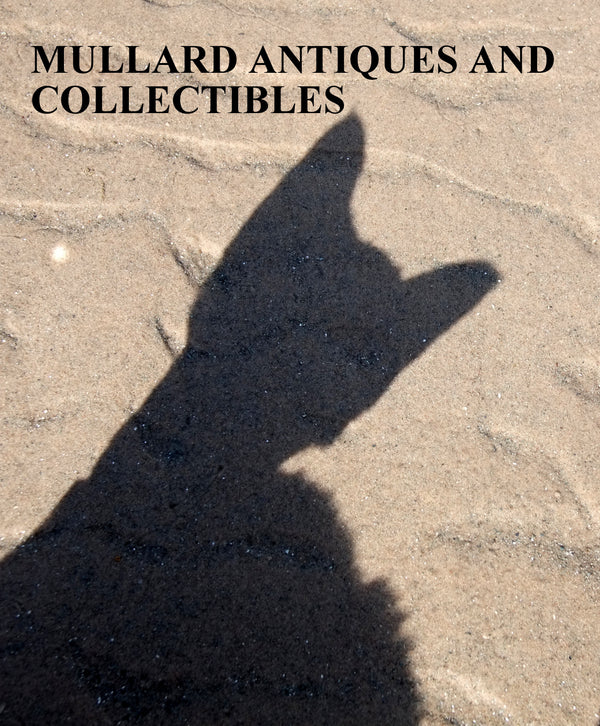1920s Telegraph GPO Standard Type B relay
1920s Telegraph GPO Standard Type B relay
General Post Office GPO
Out of stock
Couldn't load pickup availability
1920s Telegraph GPO Standard Type B relay
This is an extremely rare 1920s Telegraph GPO (General Post Office) Standard Type B relay, and is usually only seen in telecommunications museums e.g. the museum of technology. This particular relay is unusual in that it has ‘Double throw contacts.’ It has not been tested.
The reference number on the relay is:-
Crown mark
2613
Engraved with the words ‘Spacing Marking’
This particular telegraph relay is a work of great design and engineering, and is in fair condition. The price has been reduced to account for the level of cosmetic defects.
- Brass is pitted on the case and knobs (but may benefit from a careful polish)
- There is a small crack in the glass lid
- The wood varnish has mottled
Even if you aren’t a collector of early telegraph or communications equipment, you can’t failed to be impressed by the brass and wood design. It would look wonderful as a paperweight or a desk ornament. An interesting Gizmo or Gadget to talk about in the office!
Approximate Measurements:
Base Diameter: 13.5cm
Height: 13cm
What is it?
In telegraphic communication, sound is transmitted as current via cables. Voltages and current are kept low in the cables for safety’s sake. If the cables are very long, the power has to be amplified in order to operate effectively (receive a signal) at the local telegraph station. On reaching the local station, the high resistance relay connects with the main cable. This results in an electrical contact within the relay, which is then passed in the local circuit to a battery and ‘sounder’, which produces the familiar Morse code ‘dots’ and ‘dashes.’
The relay consist of vertically mounted electric coils, which are polarised by a magnet which fits around the coils. When the current passes through the relay, it can make two contacts (with either ‘S’ or ‘M’, depending on whether or not the polarity is reversed). Lifting the glass lid on the relay exposes the local contacts allowing adjustment to ‘S’ or ‘M’.
The letters on the wooden base:-
S: Space
M: Mark
T Tongue
D: Down
U: Up
Click on this link for more vintage telegraphy and morse keys.


















